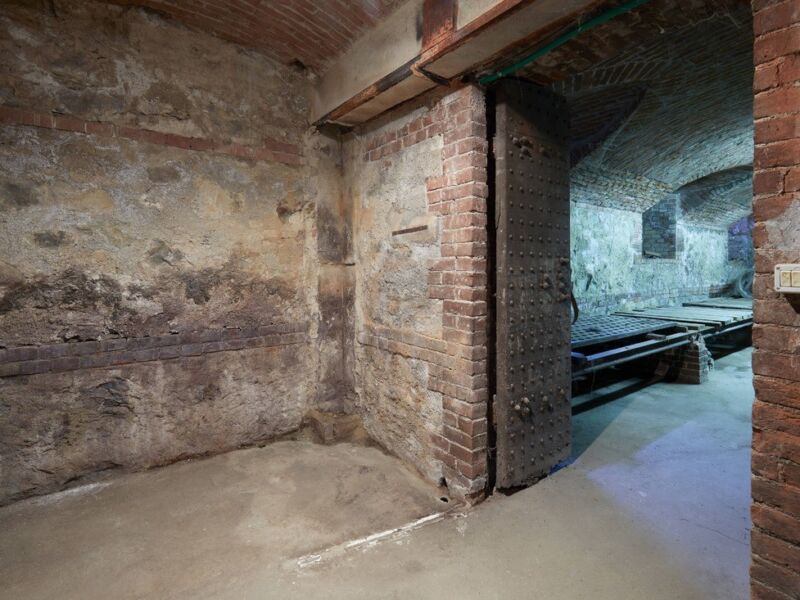
Introduction
Water seepage in basements is a common problem that can lead to significant damage to your home. It can cause mold growth, rotting of wood structures, and damage to your belongings. Additionally, it can weaken the foundation of your home and lead to costly repairs. In this comprehensive guide, we will explore various methods and techniques to prevent water seepage in basements and keep your home dry and safe.
1. Identify the Source of Water Seepage
The first step in preventing water seepage in your basement is to identify the source of the problem. Common sources of water seepage include cracks in the foundation walls, leaking pipes, faulty drainage systems, and inadequate waterproofing. By identifying the source, you can take appropriate measures to address the issue effectively.
2. Properly Seal and Waterproof the Foundation Walls
One of the most crucial steps in preventing water seepage is to ensure that your foundation walls are properly sealed and waterproofed. This involves applying a waterproofing membrane or sealant to the exterior of the foundation walls. It’s recommended to hire a professional waterproofing company for this task to ensure it is done correctly.

3. Maintain Good Drainage Around Your Home
Another essential aspect of preventing water seepage is to maintain good drainage around your home. This includes keeping your gutters clean and free from debris, extending downspouts away from the foundation, and ensuring that the grading around your home slopes away from the foundation to prevent water accumulation.
4. Install a Sump Pump
A sump pump is a device that helps remove excess water from your basement. It is typically installed in a pit or sump basin and automatically activates when water levels rise. Installing a sump pump can help prevent basement flooding and water seepage during heavy rains or when the water table in your area is high.
5. Check and Maintain Your Plumbing System
A faulty plumbing system can be a significant cause of water seepage in basements. Regularly inspect your plumbing pipes and fixtures for leaks, and promptly repair any issues you find. It’s also recommended to insulate exposed pipes to prevent them from freezing and potentially bursting during colder months.
6. Insulate and Ventilate Your Basement
Proper insulation and ventilation in your basement can help prevent condensation and reduce the chances of water seepage. Insulate basement walls and floors to keep them dry and prevent moisture build-up. Ensure there is adequate airflow and ventilation in the basement to eliminate moisture and maintain a dry environment.
7. Install Window Well Covers
If your basement has windows, consider installing window well covers. These covers help prevent rainwater, debris, and snow from entering the window wells and potentially causing water seepage. Window well covers also provide an added layer of security and can help keep your basement safe from intruders.

8. Regularly Inspect and Maintain Your Exterior
To prevent water seepage, it’s essential to regularly inspect and maintain the exterior of your home. Look for signs of deterioration, such as cracks in the foundation, gaps around windows and doors, and damage to the roof. Address any issues promptly to prevent water from entering and seeping into your basement.
9. Consider Installing a Drainage System
In cases where the natural drainage around your home is inadequate, you may need to install a drainage system. A French drain or exterior drain tile system can help redirect water away from your foundation and prevent water seepage into your basement. Consult with a professional to determine the best drainage solution for your specific needs.
10. Monitor and Respond to Excess Moisture or Water Issues
Regularly monitor your basement for signs of excess moisture, such as musty odors, dampness, or visible water stains. If you notice any issues, investigate the source and address it promptly. Implementing measures to control humidity levels, such as using a dehumidifier, can also help prevent water seepage.
Conclusion
Preventing water seepage in basements is crucial to protect your home from water damage. By following the methods and techniques outlined in this comprehensive guide, you can ensure that your basement remains dry and free from water leaks. Remember to regularly inspect and maintain your basement and address any issues promptly to protect your home’s foundation and maintain a safe and dry living environment.



